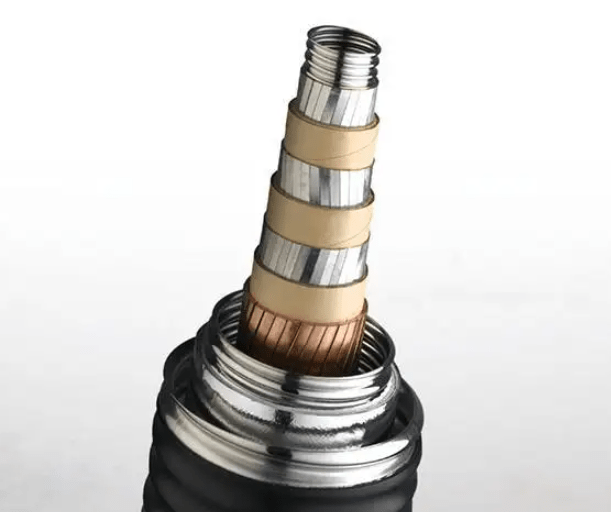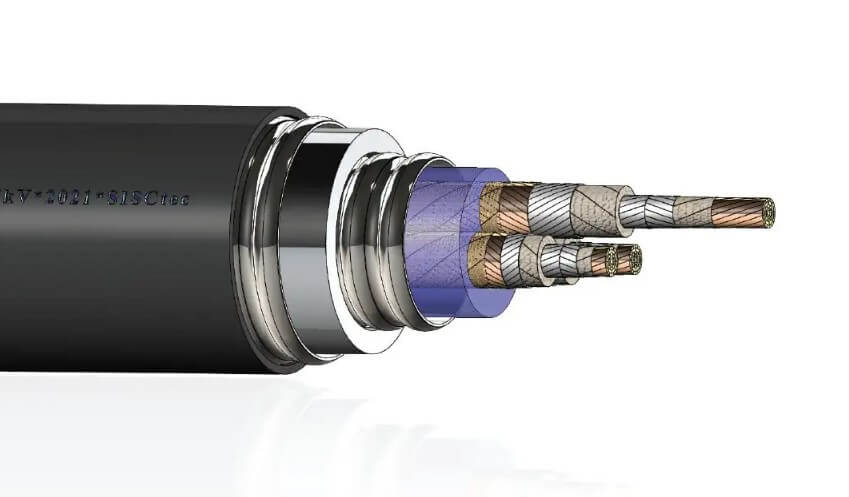The power transmission by high-temperature superconductors is one of the most revolutionary engineering technologies in the energy industry today.
The term high-temperature superconductivity refers to the use of superconducting materials in an environment of liquid nitrogen a -200 Celsius degrees, near absolute zero.
In this case, the resistance of the energy transfer medium is close to zero and energy transfer losses are practically non-existent.
In fact, a large amount of energy is wasted during long-distance power transmission. The use of high-temperature superconducting cables (HTS) will save a lot of energy.
But superconductivity requires absolute zero which is too low to achieve.. at the end of the years 80, scientists discovered high-temperature superconducting materials.
This high temperature is relative to absolute zero, absolute zero is -273,15 degrees and this high temperature of superconductivity approaches the -200 degrees.
In the vicinity of this temperature, special copper-based oxides have superconducting properties. This discovery has been a great advance for the realistic application of HTS cables..

Structure of high-temperature superconducting cables
An HTS cable consists of four parts: wire core, cryogenic container, finishing and cooling system.
The core of the cable is the fundamental part of the HTS cable, which includes the main components, like the skeleton cloak, the conductor layer, the insulation layer and the shielding layer.
Inside the outer jacket of the HTS cable is a high vacuum stainless steel double layer adiabatic Dewar tube.. Liquid nitrogen flows into the Dewar tube and the core of the superconducting wire is immersed in liquid nitrogen..
A cryogenic cooler acts as an auxiliary to the system to drive the liquid nitrogen cycle and cool the entire system.
The use of HTS cables can change the traditional transmission method by using low voltage and high current to transmit electrical power..
Therefore, high temperature superconductor cables can greatly reduce losses in the power system, improve the overall efficiency of the electrical system and have considerable economic benefits.

Advantages of high temperature superconductor cables:
1. Low loss and high capacity
Conductor losses of high-temperature superconducting cables are lower than those of conventional cables. Along with cooling energy losses, your total operating losses are minimal.
Superconducting cables of the same section have between three and five times more current-carrying capacity than conventional cables.
2. material savings
One kilogram of superconductor wire can realize the conduction of 77 kilograms of ordinary cable, which represents a significant saving in the amount of conventional copper used.
Besides, high-temperature superconducting cables use less metal and insulation than conventional cables for the same transmission capacity.
3. Clean and environmentally friendly
HTS cables will not cause environmental pollution. also structurally, high-temperature superconducting cables allow their magnetic fields to concentrate inside the cable, which prevents electromagnetic pollution.
This information is provided by ZMS Cable Group, a professional manufacturer of various cables and related accessories. If you have any questions, Contact us.
